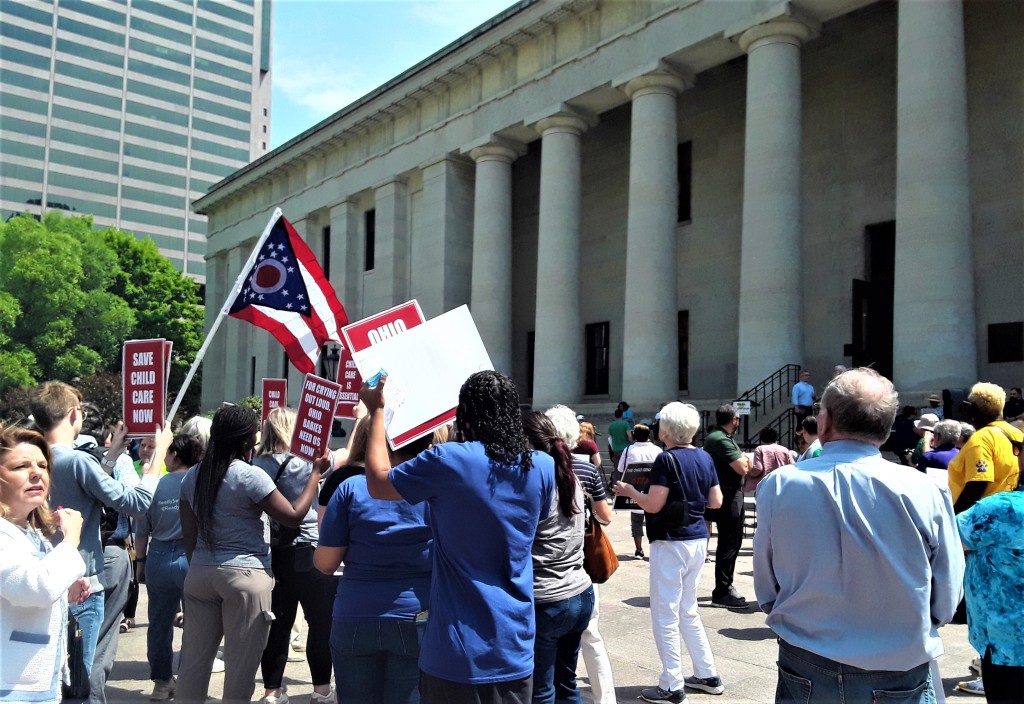“Suppose there is a righteous man who does what is just and right …He follows my decreesand faithfully keeps my laws. That man is righteous;he will surely live,declares the Sovereign Lord. (select verses from Ezekiel 18)
Being righteous is acting in accord with divine or moral law : free from guilt or sin, according to Merriam-Webster.
Righteousness assumes that a higher authority than ourselves rules this world. And, according to the Christian Bible, that higher authority has OUR best interests at heart.
“Suppose he has a violent son, who sheds blood or does any of these other things(though the father has done none of them) … Will such a man live? He will not! Because he has done all these detestable things, he is to be put to death; his blood will be on his own head.
Righteousness demands justice. There is reward for doing good, punishment for doing bad. The judicial system in the United States was set up to follow this pattern. We struggle to mete out judgment correctly, but since God knows ability and motives as well as actions, He can do it properly. In His time.
“But suppose this son has a son who sees all the sins his father commits, and though he sees them, he does not do such things … He keeps my laws and follows my decrees.
He will not die for his father’s sin; he will surely live.But his father will die for his own sin, because he practiced extortion, robbed his brother and did what was wrong among his people.
The environment we grow up in affects our adult choices, certainly. But we can learn from our parents’ mistakes. We can change. Each of us is responsible for our own decisions, and the direction our life goes.
“Yet you ask, ‘Why does the son not share the guilt of his father?’ Since the son has done what is just and right and has been careful to keep all my decrees, he will surely live.The one who sins is the one who will die. The child will not share the guilt of the parent, nor will the parent share the guilt of the child. The righteousness of the righteous will be credited to them, and the wickedness of the wicked will be charged against them.
This section of the Old Testament book of Ezekiel drives the point home.
“But if a wicked person turns away from all the sins they have committed and keeps all my decrees and does what is just and right, that person will surely live; they will not die. …
We are not destined to commit the sins of our parents. “Turning away from all the sins” can be done. It’s hard, but possible. The Bible calls that repentance. Even if, as an adult, I do very bad things, I can change. As long as I’m alive on Earth, it’s not too late to change my ways.

Do I take any pleasure in the death of the wicked? declares the Sovereign Lord. Rather, am I not pleased when they turn from their ways and live?
Justice is painful. It’s necessary, but it hurts. Parents know this, of course. We can’t have a society with no justice at all. That’s anarchy. If there are no consequences for breaking a law, what’s the point of the law?
“Yet you say, ‘The way of the Lord is not just.’ Hear, you Israelites: Is my way unjust? Is it not your ways that are unjust?If a righteous person turns from their righteousness and commits sin, they will die for it; because of the sin they have committed they will die. But if a wicked person turns away from the wickedness they have committed and does what is just and right, they will save their life. Because they consider all the offenses they have committed and turn away from them, that person will surely live; they will not die. Yet the Israelites say, ‘The way of the Lord is not just.’ Are my ways unjust, people of Israel? Is it not your ways that are unjust?
“The way of the Lord” includes not only justice, but the gift of repentance. The Lord offers forgiveness of sins, to use another Biblical term. The U.S. justice system requires justice for convicted crimes. Sentences can be shortened for good behavior; do the victims always have a say in that?
But God is the “victim” of sin, because sin by definition is doing something that He does not allow. (For our benefit, by the way.) So it’s in God’s realm to offer forgiveness of sins. If He wants to waive the penalty, He can do that.
Such forgiveness is a gift.
Our role? Accepting it. That’s what repentance is.
And the deal is done.
“Therefore, you Israelites, I will judge each of you according to your own ways, declares the Sovereign Lord. Repent! Turn away from all your offenses; then sin will not be your downfall. … For I take no pleasure in the death of anyone, declares the Sovereign Lord. Repent and live!
Jesus said in the Sermon on the Mount that we will be judged using the same measures that we judge others with (Matthew 7:2). He’s not saying, Don’t judge at all; He is saying, be very careful how we do it.
The living God is a fairer judge than you or I ever will be. Even trained professionals in our judicial system can’t match the judgments of God every time. That’s why we have an appeals system. We need it. God does not.
Justice and mercy are two sides of the same coin. Justice is necessary; mercy is a gift. Both are initiated by the living God.
Both are practiced by us imperfectly. That’s our fault, not His.
Is God fair? He is more fair than you or I ever will be.





